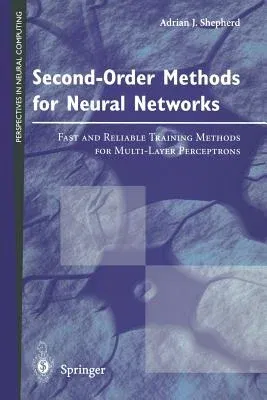Adrian J Shepherd
(Author)Second-Order Methods for Neural Networks: Fast and Reliable Training Methods for Multi-Layer Perceptrons (1997)Paperback - 1997, 28 April 1997

Qty
1
Turbo
Ships in 2 - 3 days
In Stock
Free Delivery
Cash on Delivery
15 Days
Free Returns
Secure Checkout
Part of Series
Perspectives in Neural Computing
Print Length
145 pages
Language
English
Publisher
Springer
Date Published
28 Apr 1997
ISBN-10
3540761004
ISBN-13
9783540761006
Description
Product Details
Author:
Book Edition:
1997
Book Format:
Paperback
Country of Origin:
US
Date Published:
28 April 1997
Dimensions:
23.29 x
15.37 x
0.91 cm
ISBN-10:
3540761004
ISBN-13:
9783540761006
Language:
English
Location:
London
Pages:
145
Publisher:
Weight:
254.01 gm

